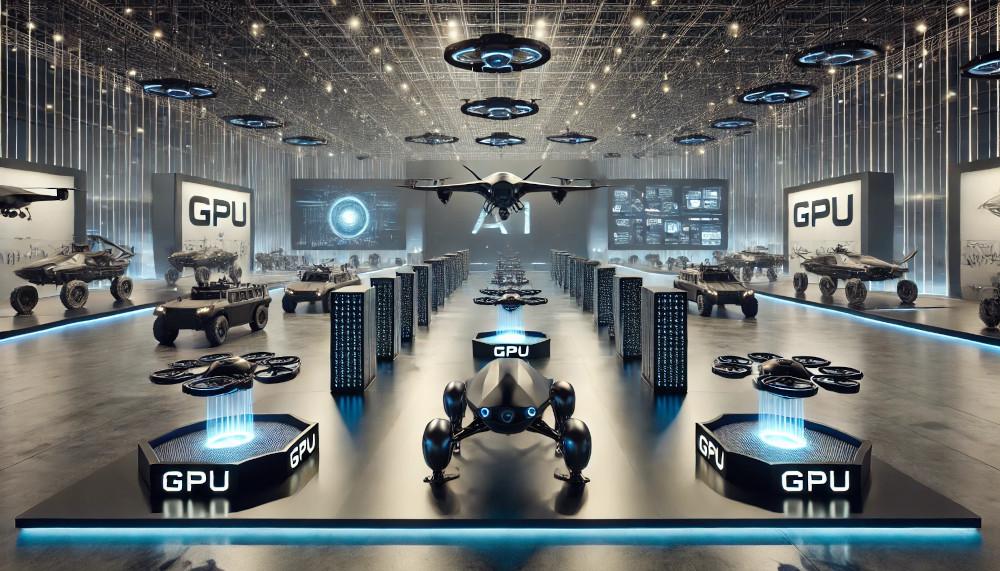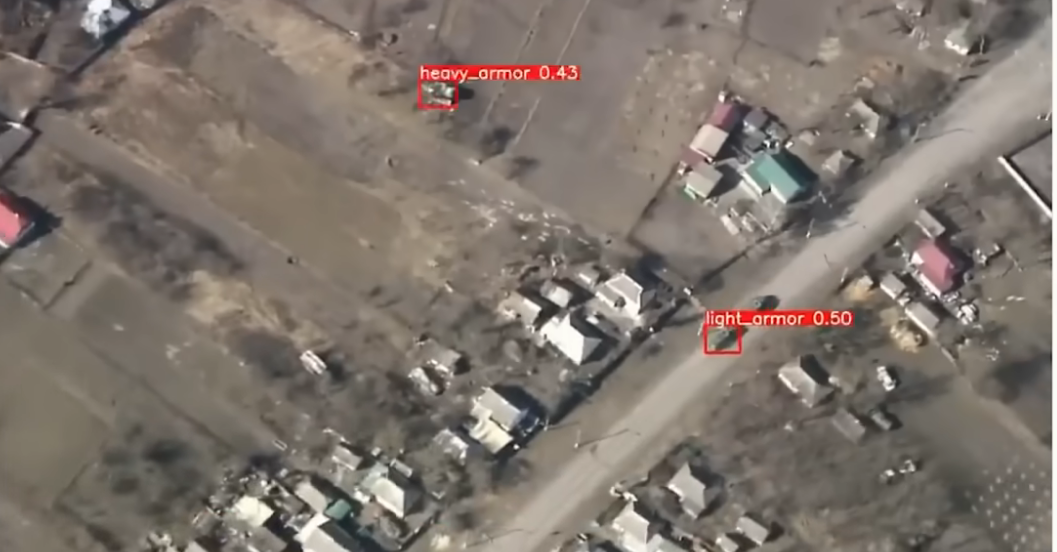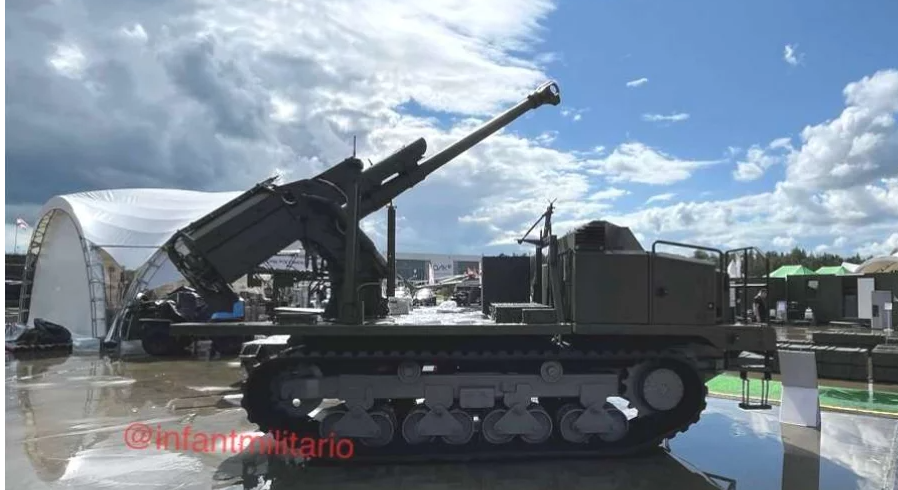From the Skies to Silicon: AI in Modern War
It was September 1914, during the early days of World War I. The German army had bulldozed through Belgium into France and was threatening Paris. Masterpieces from the Louvre were being shipped away for safekeeping, and Parisian citizens were in a panic.
The Allies’ situation was dire. But aerial reconnaissance — a brand-new feat of modern warfare — was about to save the day.

French recon planes spotted a vulnerable gap in the German advance. French and British forces, which had been in retreat, reversed course and attacked the German First Army’s weak point, eventually routing the Kaiser’s forces after a brutal battle.
It was the First Battle of the Marne, and warfare would never be the same thereafter. Aerial and then satellite reconnaissance would become a cornerstone of combat operations worldwide.
It was barely a decade after the Wright Brothers took flight in Kitty Hawk, NC, and air power was already becoming a deciding factor in the field.
Skies to Silicon
Today, AI is set to bring a similar, or even greater, level of disruption to the battlefield as aerial recon did. We are seeing this play out most decidedly in Ukraine.
I found a fascinating video of the Ukrainian army’s new target-detecting autonomous drones.
Here’s a still image from it:

Source: YouTube
This Ukrainian drone has built-in target detection. As you can see, it has identified one enemy unit as light armor, and one as heavy armor. Quite a useful trick.
The video gives us rare insight into how AI is actually being deployed on the battlefield today. Think about how disruptive this technology will be. Autonomous swarms of drones covering the battlefield, identifying and targeting enemy forces independently. Everything is about to change.
On the Russian side, the country recently revealed their first unmanned self-propelled artillery gun.

Source: ArmyRecognition.com
The howitzer is slow, with limited range and ammunition. Nevertheless, it’s a 122mm gun with an autoloader, and will serve as a proof of concept. Moreover, it’s a sign of things to come.
In the not-too-distant future, there will be fully autonomous ground units in the field, backed up by unmanned airpower. All of it controlled from servers in bunkers dozens of miles away from the frontline.
How else is AI being used today?
Everyone is almost certainly using powerful AI programs like GPT-4o to analyze satellite and aerial recon imagery. Newer AIs like GPT-4o and China’s Qwen2 VL can easily analyze images and provide detailed feedback. Imagine having thousands of AIs scanning all your recon in real-time. Incredibly powerful.
AI communication surveillance is certainly widespread by this point. I’d bet there are AIs analyzing huge volumes of radio and cell phone data on both sides.
This is why the U.S. has cut off exports of key AI technologies to China, Russia and other potential adversaries. These countries can’t get the latest NVIDIA hardware — which is key to building and running modern AI apps. They also can’t get ASML’s best chip-producing machines.
China is trying frantically to catch up to America’s current dominance in AI hardware and software, but they are perhaps five years behind at this point.
This shift will be one of the great disruptive events of our lifetimes. It will have repercussions across societies and economies.
Naturally, whenever something this big occurs, there are also massive investment implications.
Nobody has taken advantage of this situation better than Jim Rickards. He’s been all over the disruptive effects of AI. I recommend following his work closely on this matter.



Comments: